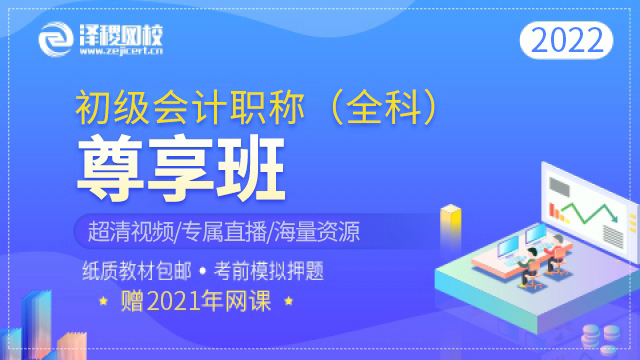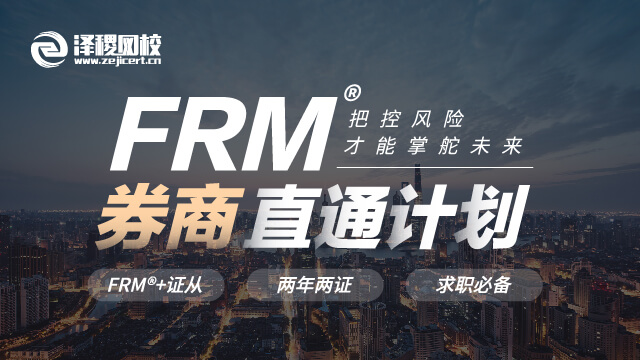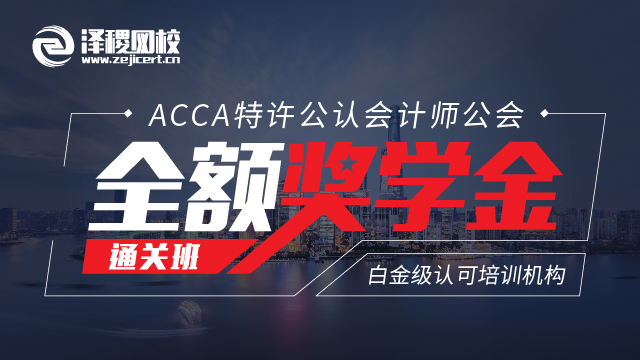Examiner’s reports give information about how well exam questions have been answered and, in particular, huge insights into where candidates performed badly. Many of the comments made in the reports come up again and again – which would seem to imply that candidates either do not read or do not heed the advice given. (Access the P5 examiner reports via the 'Related links')
P5 does build on F5 and there are not many additional technical calculations or models required to those already met in F5 or P3 (EVA™ is the main addition). Remember that the chances of being required to explain a model are very low. You might be asked to explain its advantages, limitations or assumptions and you will certainly be required to apply techniques to the information provided in questions.
The exam is called ‘Advanced Performance Management’ and there are clues in its name: it is a step up from F5. It is also one of the last exams likely to be taken before qualification and you are released into the world as a qualified ACCA.
A typical question can involve:
-
Some basic calculations (though often these are already provided)
-
Interpretation and evaluation of the results of the calculations
-
Criticisms of the techniques and measures used
-
Suggestions for improvement: What should be measured? How to measure? How to interpret the measurements? How then to manage performance?
This article has gone through a number of reports and extracted examples of recurring problems with answers.
Two main areas are covered:
-
Shortcomings in technical abilities. Three criticisms have been illustrated, but all F5 techniques should be known.
-
Shortcomings in not answering the question set. Again, three criticisms are illustrated – but there were a lot to choose from!
TECHNICAL ABILITIES
In this section of the article, short extracts from questions are reproduced and you are challenged to see how well you can deal with these. Solutions are provided in the 'Solutions to technical extracts' article, which is accessible via the 'Related links', but you will benefit more if you attempt answers before looking at the suggested solutions.
1. BASIC CONTRIBUTION ANALYSIS
(extracted from December 2013 Q1 (i))
|
Task: calculate the margin of safety for Lopten Co’s Beeland operation. |
Examiner’s comment
The main weaknesses shown in this work were in the basic profit calculations and the margin of safety calculation. For such a basic set of calculations, it was disappointing that more candidates did not take the opportunity to score all 11 marks. …. Future candidates should be aware that breakeven and the associated analysis is something that they will be considered to be expert in by the time they reach P5.
|
Variable costs |
$/unit |
|---|---|
|
Materials |
90 |
|
Labour |
60 |
|
Overheads |
40 |
|
Distribution costs |
45 |
|
Quality costs |
20 |
|
Fixed costs |
$m |
|
Administration costs |
18 |
|
Distribution costs |
16 |
|
Quality costs |
6 |
|
Marketing costs |
80 |
|
Other data |
$m |
|
Revenue |
448 |
|
Capital employed |
326 |
|
Units |
|
|
Total market share (millions) |
9.33 |
|
Beeland operation’s sales (millions) |
1.12 |
2. BASIC COST OF CAPITAL (WACC) CALCULATION
(extracted from June 2014 Q1 (iii))
|
Task: As part of an EVA™ calculation, calculate the WACC for this company. |
Examiner’s comment: Two areas which demonstrated weak performance though were in the calculations of WACC.
-
Debt/Equity 30.0%
-
Cost of equity 15.7%
-
Tax rate 25.0%
-
Group ROCE 19.0%
-
Group capital employed: $53,400,000 at period start and $58,500,000 at period end.
-
Pre-tax cost of debt 6.5%
-
There has been $2.1m of tax paid in the year.
-
It is estimated that half of the marketing spend of $7.638m is building the Cantor brand long term.
-
It is further estimated that there has been the same level of annual spending on long-term brand building in the years leading up to 2014
3. RETURN ON CAPITAL EMPLOYED CALCULATION AND EVA
(extracted from December 2014 Q1 (iii))
|
Task: Calculate the Return on Capital Employed and the EVA™ for 2014. |
Examiner’s comment
'… there were many basic mistakes made. First, many candidates still do not know how to calculate return on capital employed (ROCE) which is an important ratio. Second, some candidates are careless with simple calculations. Here, this was illustrated by a large number of candidates not correctly rounding figures…'
|
|
Boltzman $m |
|
|---|---|---|
|
2013 |
2014 |
|
|
Revenue |
23,943 |
|
|
Cost of sales |
18,078 |
|
|
Other costs |
2,958 |
|
|
Operating profit |
2,907 |
|
|
Financing costs |
291 |
|
|
Tax |
663 |
|
|
Net income |
1,953 |
|
|
Non-current assets |
16,335 |
16,988 |
|
Current assets |
10,618 |
11,043 |
|
26,953 |
28,031 |
|
|
Equity |
8,984 |
9,961 |
|
Non-current liabilities |
9,801 |
9,739 |
|
Current liabilities |
8,168 |
8,331 |
|
26,953 |
28.031 |
A suitable cost of capital is 11%.
The tax rate is 28%.
ANSWERING THE QUESTION SET
EXAMPLE 1
(based on June 2015 Q3 (a))
|
Task: Discuss how success in the customer perspective may impact on the metrics given in the financial perspective. (5 marks) |
A logistics company is planning to implement a balanced scorecard approach and has identified the following metrics for two perspectives:
Financial perspective
-
Return on capital employed
-
Profit margin
-
Revenue growth
Customer perspective
Success factors:
-
Ability to meet customers’ transport needs
-
Ability to deliver packages quickly
-
Ability to deliver packages on time
-
Ability to deliver packages safely
Discussion
Read the task carefully: 'Discuss how success in the customer perspective may impact on the metrics given in the financial perspective.'
There are three financial perspective metrics and all have to be addressed. You have to give precise, professional illustrations of how the four customer perspective success factors would affect those. Think of the order of cause and effect: increased revenue (whether through higher prices or greater volume) might allow higher profit margins (note: profit margins, not profits) that can lead to higher return on capital employed.
Examiner’s comments
Those candidates that showed how success under each factor linked to changes in each of the three metrics scored all the marks. However, many candidates chose not to answer the question and instead discussed how the customer perspective factors aided achievement of the business strategy or else had a broadly positive effect on the financial position of the business. These were inadequate answers from P5 candidates who are expected to be able to talk in detail about factors affecting ROCE, profit margin and revenue growth. Worryingly, many candidates assume that revenue growth automatically means profit margin improvement and so improvement in ROCE, without any further consideration of cost or capital implications.
Suggested answer
Success in the customer perspective is measured by improved customer service levels relating to safety, punctuality, speed and flexibility. All of these should increase customer satisfaction. Higher customer satisfaction should result in:
-
More customers (as word spreads about the excellent service)
-
More orders from existing customers (who might currently split their orders)
-
Higher prices (because customers perceive a premium service and should be willing to pay more)
Increased volume and increased prices will lead to increased revenue. Increased prices will result in an increased gross margin and increased net margins. Increased volume will mean that fixed costs can be spread over more deliveries so that net margins will be enhanced even more.
Although increased volumes might mean that more deliver vehicles have to be bought (increasing the capital employed), the increased prices and more intensive use of fixed costs could mean that the return on capital employed is also increased.
EXAMPLE 2
(based on June 2014 Q4 (a))
|
Task: Advise the CEO on the implications for performance management of analysing variances into the planning and operational elements as shown. |
Traditional variances:
|
$ |
|
Favourable |
Adverse |
Net variance |
|---|---|---|---|---|
|
Sales variances |
Volume |
20,100 |
||
|
Price |
8,960 |
|||
|
29,060 (A) |
|
|
|
Favourable |
Adverse |
Net variance |
|---|---|---|---|---|
|
Material |
Price |
4,200 |
||
|
Usage |
3,500 |
|||
|
Labour |
Rate |
1,100 |
||
|
Efficiency |
24,480 |
|||
|
Idle time |
5,600 |
|||
|
Variable overheads |
Expenditure |
1,080 |
||
|
Efficiency |
3,060 |
|||
|
Totals |
32,140 |
10,880 |
21,260 (F) |
|
Total variable cost variances |
|
$ |
|---|---|---|
|
Planning |
20,680 (F) |
|
|
Operational |
580 (F) |
|
|
Sales price variances |
||
|
Planning |
15,600 (A) |
|
|
Operational |
6,640 (F) |
Discussion
Read the task carefully, 'Advise the CEO on the implications for performance management of analysing variances into the planning and operational elements as shown.'
Remember, performance management comes after performance measurement and analysis: what do the results tell us about how performance can be improved? The measurement and analysis steps have already been carried out (in two ways: conventional variance analysis and planning and operational variances) and the question is focussing on what planning and operational variances might tell us.
We are also asked to advise the CEO who could well not know anything about the technical aspects of the relatively advanced approach used in planning and operational variances. Therefore, the answer has to be pitched at the right level to give comprehensive and understandable advice to the CEO.
Examiner’s comments
Part (a) for 6 marks required an assessment of the information provided in the operating statement and detailed variances of Godel. Specifically, it called for a comprehension of the operating and planning variances within this context. Most candidates did not know the definitions of operating and planning variances and so those that attempted an answer talked about all the other variances in the Appendix thus avoiding answering the question.
Suggested answer
Variances show the differences between two figures: actual results and planned results. Planning and operational variances split conventional variances into two parts:
-
Planning variances: caused by inaccurate budgets and standards
-
Operational variances: caused by operational decisions and performance.
The split is made by revising the budgets and standards to create a more accurate ‘hindsight budget’. Operational variances compare actual performance to the revised budget and these variance indicate good or bad operational performance. Planning variances compare the two budgets and highlight planning and budgeting errors.
The conventional variance analysis shows that variable cost variances are net $21,260 (F), but the planning and operational analysis shows that $20,680 of this amount has been caused by poor standard setting: if standards are set too high then this will almost inevitably create favourable cost variances. Only $580 of the total cost variances have been caused by operational decisions and performance – a modest result.
Unfortunately the variable cost planning and operational variances are shown as totals only and these might conceal much larger effects which net off in the totals. To obtain more insight into staff performance operational variable cost variances should be calculated separately for each variable cost.
The conventional sales price variance implies poor performance, but its breakdown into planning and operational variances shows that judgement on performance to be incorrect. The adverse planning price variance shows that prices were set much too high in the original budget. The favourable operational price variance shows that sales staff performed very well.
For the sake of future budgets and performance it is important to understand why the original budgeted sales prices were so wrong and also to understand how sales staff managed to obtain prices that exceeded prices that could have been reasonably expected.
EXAMPLE 3
(extracted from December 2014 Q3 (b))
|
Task: Discuss the lifecycle costing issues associated with the nuclear power station project. (6 marks) |
In order to grow the business, a new nuclear station costing $6bn is being considered for which Maxwell is trying to raise finance. A nuclear plant takes about five years to build (assuming no regulatory difficulties or problems over the design choice). It has a working life of 40 years and costs about $1bn at current prices to decommission although this estimate is uncertain as each site is unique in the decommissioning difficulties which it presents.
Discussion
You are not expected to be experts in nuclear power plant construction (or in any other type of business). Always look for information provided in the question that you can use. You can then often expand that information to make additional points.
Here you are required to look at the whole-life costing issues of a nuclear power station, from initial planning all the way through to decommissioning 40 years hence. Sometimes it is worth imagining yourself having to perform an exercise for real: you are the accountant responsible for the lifecycle costing: what figures are you going to put into your calculations? Where will you have difficulties?
Examiner’s comments
Part (b) for 6 marks required a discussion of lifecycle costing issues associated with the plan to build a new nuclear power station. This part was poorly done by some candidates who simply discussed what the product lifecycle is with no reference to lifecycle costing. The key elements that were specific to this scenario were the design stage issues and the decommissioning costs and these were often ignored and the focus was on the growth, maturity and decline phases of a product without consideration that the end-product was electricity.
Suggested answer
Lifecycle costing takes all the costs of an undertaking into account: design and development, marketing, production, environmental costs, post-production costs (such as clean-up and scrapping costs). If a project is to be worthwhile total revenues over the project's life should cover total costs incurred over its life.
The particular costing issues arising when applying lifecycle costing to the proposed nuclear power station are:
Initial phase
These include complying with regulatory authorities (such as nuclear safety and security concerns) and designing the power plant. Almost certainly there will be a requirement to amend some parts of the design to satisfy safety, environmental and public objections. Not only is there a high chance that the project will be delayed (inevitably causing costs) but the design eventually chosen will have implications for constructing, running and decommissioning the plant. The estimated $6bn cost is likely to be incorrect.
Production phase
It is expected that the plant will last for 40 years, but it is obvious that the actual use of the plant could be different, so lifetime running costs will vary. In addition, the raw materials used by the plant, labour costs, security costs, environmental protection costs and so on will have to be estimated over a very long time-horizon and so must inevitably be difficult to estimate.
Decommissioning phase
We are told these will be about $1bn at current prices although this estimate isuncertain as each site is unique in the decommissioning difficulties which it presents. In addition, after the plant is no longer being used there will be on-going costs, possibly for many decades, for storing radioactive waste material safely and securely. These cost will be very difficult to estimate indeed.
Ken Garrett is a freelance lecturer and writer
2016 ACCA学习资料大礼包(内含ACCA历年真题、考官文章、考官报告、备考宝典等实用学习资料),关注微信公众号:ACCA考友论坛(ID:ACCA-CHN)即可领取:



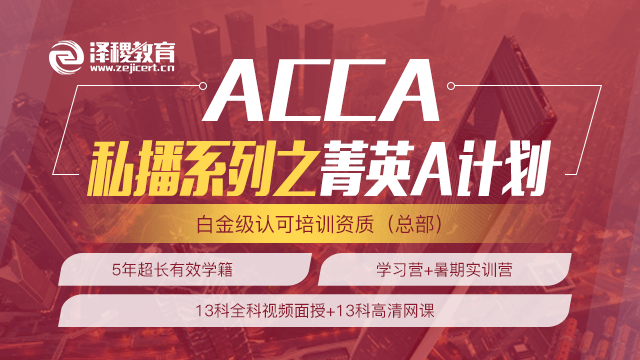
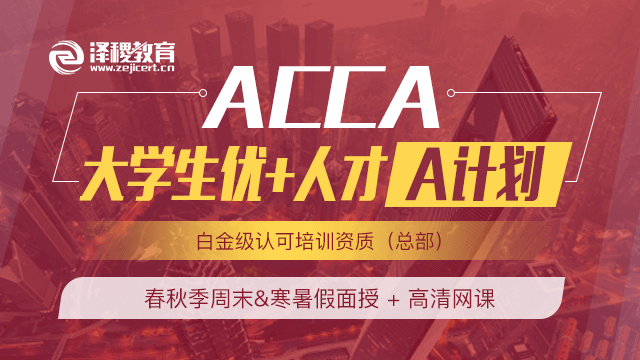

 白金级认可培训资质(总部)
白金级认可培训资质(总部)
 课程试听
课程试听
 职业规划
职业规划
 ACCA中文教材
ACCA中文教材
 考位预约
考位预约
 免费资料
免费资料

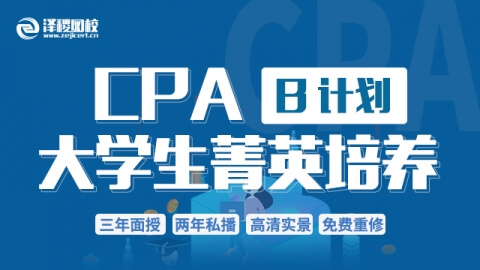
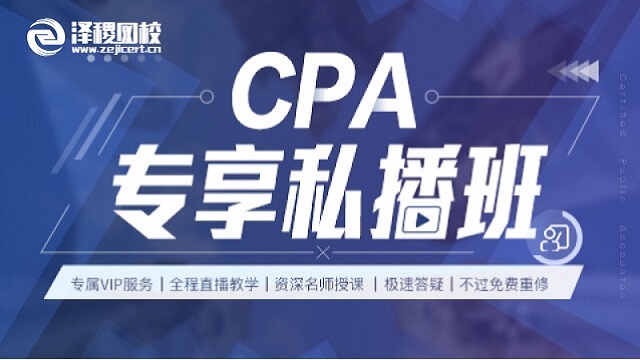
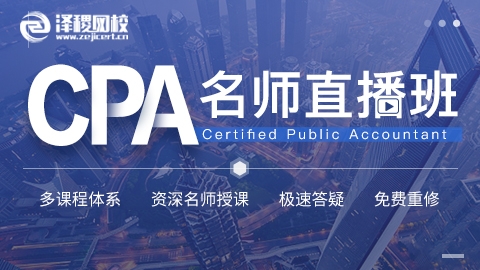
 题库下载
题库下载
 模拟机考
模拟机考




 CFA®成绩查询
CFA®成绩查询




 GARP协会官方认可FRM®备考机构
GARP协会官方认可FRM®备考机构

